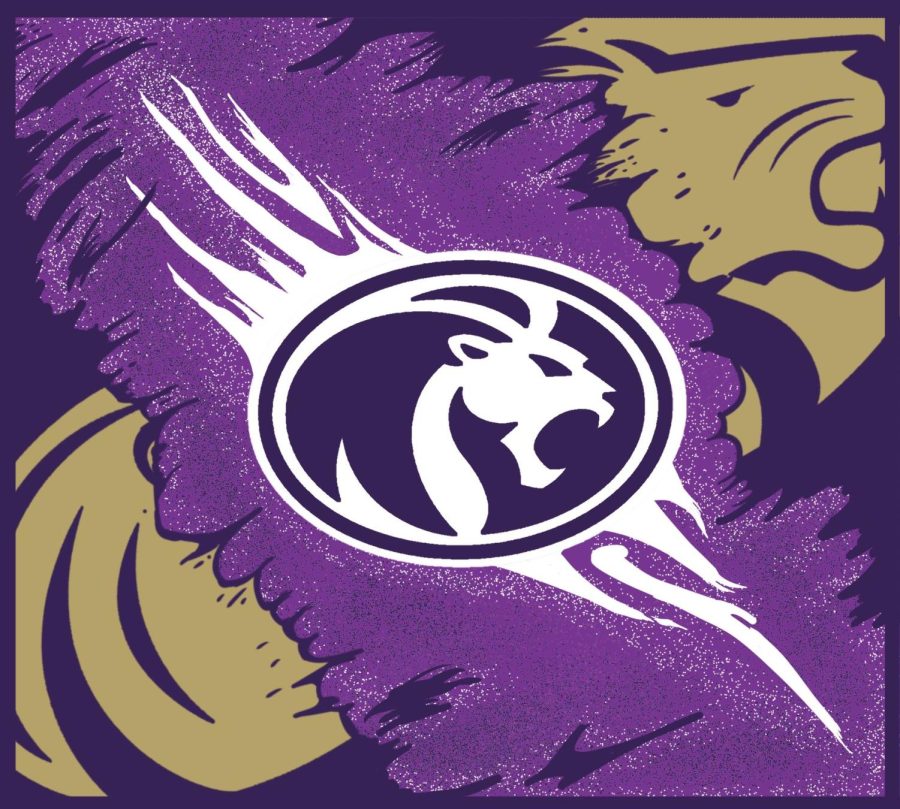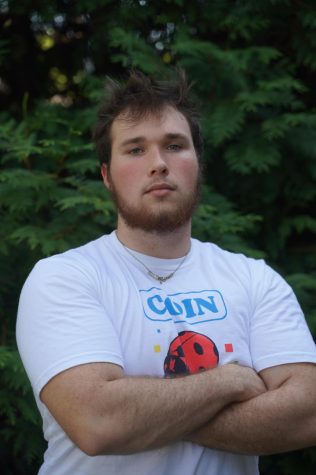NCAA grants UNA Division I status
Athletic Department unvails new logo to celebrate historic transition
August 25, 2022
The Flor-Ala sat down with Dr. Josh Looney, Athletic Director, to learn more about UNA’s Division I transition and the Athletic Department’s new logo.
Catchings: What did your career look like before you were an Athletic Director?
Looney: The first half of my career was in pro sports. I knew I wanted to work in sports when I stopped playing football and graduated from Washburn, a Division II school in Kansas. It was simple. I just blindly applied, and [Pat Williams] was looking to hire someone who was a former student athlete, so I checked that box. He wanted to hire somebody that was involved in things more than athletics on campus. I was a sandwich artist, a baseball umpire and worked in the mail room. I went [to Orlando] and worked for [The Orlando Magic] for a year, and he networked me back to Kansas City where I grew up.
How has your past career in professional sports prepared you to oversee UNA’s Division I transition?
It brings good perspective. Pro sports and college sports are incredibly different. At the same time, they’re very similar especially in the aspects of Division I transition. We’re relying on a time of external revenue, revenue and growth to get to where we want to be–that’s fundraising, that’s sponsorships, you name it.
There’s different revenue lines that come in being Division I that you just don’t have if you’re playing different guarantee games in basketball, football and some of those others. Really, both sides I’d say it’s running business in a lot of ways. In the NFL, the zeros are much different, but in pro and college, you’re able to see how people lead and how coaches lead their programs.
Catchings: How has being Division I impacted recruiting for athletics?
First and foremost, the Division I transition isn’t just athletics. It’s institution wide. The NCAA wants to make sure we’re at a healthy, growing, vibrant university. When the NCAA came to their final visit before approving us, most of their meetings weren’t with athletics. It was a cross between the registrar, deans and the Board of Trustees members.
Almost all of our meetings took place in the nursing building. [NCAA] wanted to sit there and see one of the new academic buildings that was built during the transition process. I say that because I think it’s truly the next stage of growth for the university, not just athletics. I think it’s also the next stage for athletics because this has been talked about, probably since the 90s at UNA. We’re now able to take our brand more to the national level. We’re representing the state’s fastest growing university.
Catchings: UNA recently unveiled a new logo for athletics. What inspired the redesign?
Looney: Last fall, I met without student athlete leaders and coaches. It came from those discussions early on. We really felt like we needed to reenergize and modernize our look on the field. That’s where the discussions started. As we went through it, our uniforms didn’t look like we were coming from one place. Softball looked different than basketball which looked different than volleyball. They had different words, different numbers, different looks. It might have said Lions or North Alabama. It might have a different gold.
We needed to really look at this and standardize things. We wanted to announce it. It was the right time and a historic moment. It made sense to introduce the new brand. We wanted it to be familiar, but modernized and bold. A lot went into it and a lot will continue to go into it.
Catchings: How else were students involved in redesigning the logo?
Looney: Bosack and Company was the group that we used to lead [the redesign]. In the college sports landscape, they are the premiere branding firm. They do the final four logo, they’ve done college world series, they did Mississippi State’s rebrand athletically. When we started talking with them, we talked about how we could make this homegrown and provide academic opportunities as well.
We went and asked Dean Baird if it was something we could give real work graphic design experience for students and create something where they’re getting credit but also really having a hand in this. We created an internship program that began in mid-spring and went through the summer. Those students had their ideas and concepts. They also got to see from start to pitch, through all the revisions. They got to work with a leading design firm. I think that was awesome.
It was five students who were not athletes. A few of them didn’t know where the athletic building was when we had the first meeting, which was great. It was perspectives from people who aren’t in it every day but is in the industry. I thought that was tremendous. We’re always trying to do academic athletic partnerships.
This interview has been edited for length and clarity.



